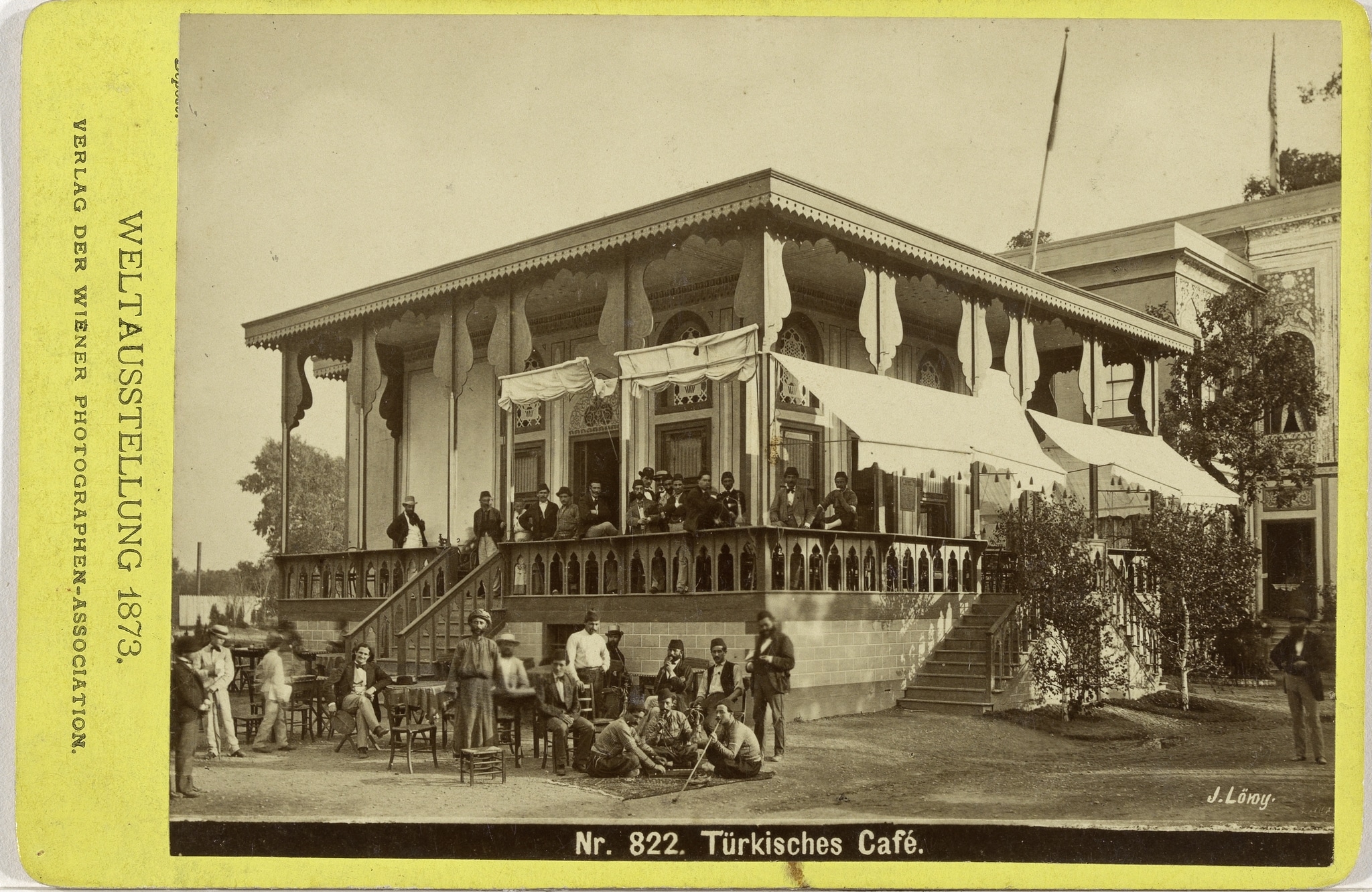Research
Photographs documenting the Turkish pavilions are solely in black and white, but written sources mention that the sunlight shone through the windows of the Turkish coffeehouse in many different colours (Von der Wiener Weltausstellung, 1873, p. 481).
The typology, with a framing band with cartouches and a central field with flowers in a vase, is documented for other Ottoman stucco and glass windows. In particular, the book on Ottoman architecture published on the occasion of the world’s fair in Vienna shows a pointed-arch window with a similar surrounding band with cartouches, next to a pointed-arch window that has flowers in a vase as its central motif (IG_225). Today, examples of this kind can be found in situ, for instance in the hünkar kasrı of the Yeni Cami (New Mosque) built in the 11th century AH / 17th century CE in Eminönü, Istanbul.
While examples of windows with a framing band with cartouches are rare in Western collections, the motif of flowers in a vase is very common (see for example IG_1, IG_166, IG_176, IG_359).
Dating
1873
Related Locations
Place of Manufacture

